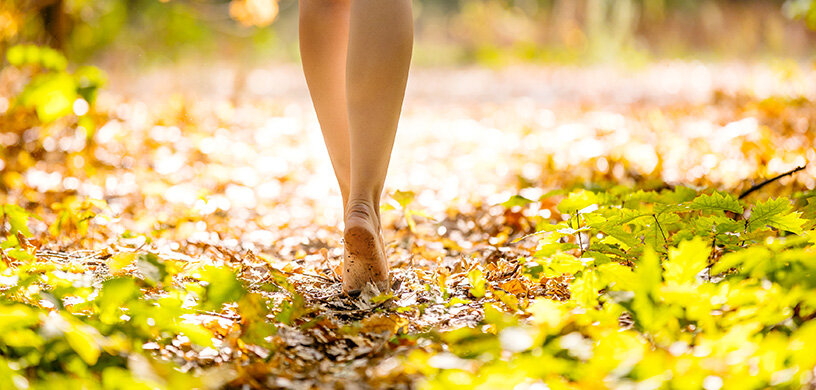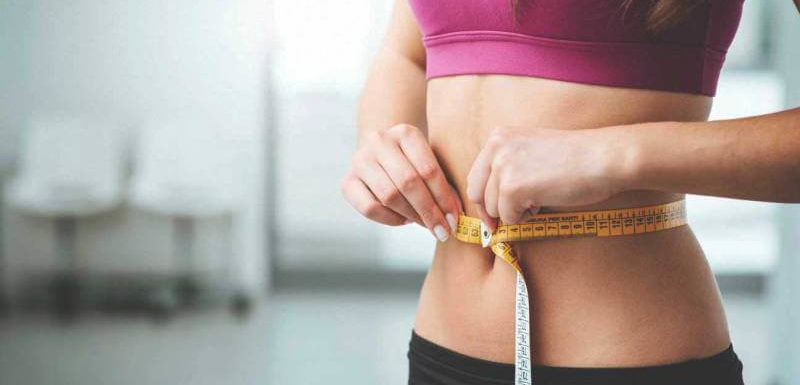Might taking one extra flight of stairs a day transform you into a Hugh Jackman-like specimen? Depending on your starting point, this may seem unreasonable. Consider the snowball, small in stature at birth. Add momentum and it can grow extraordinarily large. Perhaps this is an unhelpful analogy, but it paints a clear picture of our philosophy in health and wellness. Small things matter.
The same idea applies to changing the state of the earth. Moving to California and the brush fires close enough to see and smell have shifted my attention to what is happening on the planet. As a family we have always been earth conscious, but every now and again I find myself using an extra plastic bag or doing an extra small load of laundry - because it is convenient at the moment. Because I want to wear a specific shirt the next day. I know we can do better.
Our home, the earth, is in dire straits. We have not been good caretakers of it - and it is melting. The detrimental impacts of what we have done and continue to do are nearing irreversible levels. There is a tremendous task at hand and if we don’t fully embrace it, generations in the not very distant future, will bear the brunt of our lack of responsibility. Mindfully choosing the often less comfortable option in our everyday lives in order to collectively make change happen is imperative.
Tobias Jackson, via smithsonianmag.com
Here are some easy, actionable, environmentally mindful steps you can take today.
Go paperless. Paperless billing is almost always an option with credit cards, utility companies and banks, swap paper invites for e-vites, and keep digital notes on your phone or computer. Do what you can - I personally enjoy the act of writing on paper, especially when journaling. In this case I find a happy compromise and consciously choose eco-friendly notebooks and journals made from recycled paper. Here is a pretty one made from stone and resin.
Use reusable shopping bags. Easy to fold up and keep in your purse or car, there is no excuse not to always have one or two handy. I use these for groceries and these for carrying home wet clothes and towels while leaving sand behind after a day at the beach.
Use reusable produce bags. Instead of using single use plastic bags for produce, I found these reusable mesh bags at Wholefoods. You can wash, strain and store your veggies in them too. Amazon carries them as well.
Shop in bulk and bring your own containers. Again, steer away from single use plastic. For bulk items such as coffee, grains and nuts, try these.
Carry around your own straws and utensils. Plastic straws are banned in the state of California and we often get paper straws with our drinks. I personally find them user unfriendly, quickly turning into a soggy mess. Instead, I carry around glass or stainless steel straws. Lately I’ve been seeing silicone and bamboo ones as well. This kit has everything you need, including chopsticks.
Use cloth napkins and reusable paper towels. They are much prettier anyway. Etsy has some beautiful napkin options. I have these in several colors.
Look for recycled paper products in the bathroom. I grew up on Charmin and softness is a priority. While not quite up to Charmin comfort levels, the company Who Gives a Crap is what we have been using and are pretty happy. They have a subscription based model, make their toilet paper from bamboo or recycled paper and help build toilets in underprivileged communities.
Use refillable glass containers for soap, shampoo and conditioner. I’ve been buying some beauty products such as shampoo, conditioner and lotion in bulk and using Mason jars to keep them. You can turn any Mason jar into a dispenser with these lids. Would you prefer a little color in your soap dispensers to enhance your bathroom decor? Or does a bit of foam make hand washing more fun for the children of the house? Options abound. I bring the jars to the store with me and replace the normal lids with the dispensing ones when I get home.
I have founds some lovely organic skin and hair care products, many from local, small batch artisans. While not easily accessible in many parts of the country (yet), doing a search for local zero-waste stores will send you off in the right direction. This is a good place to start.
Buy cleaning products that are not harmful to the environment. Have a look at the Environmental Working Group (EWG)’s list of healthy cleaning products. Would taking it one step further interest you? Make your own cleaners out of ingredients you likely already have at home - salt, lemon, baking soda, distilled white vinegar, Castille soap, hydrogen peroxide, and essential oils.
Here is a two-minute recipe for the all-purpose cleaner I use. Mix all ingredients in a 24 ounce spray bottle and shake.
3/4 cup hydrogen peroxide
1/2 cup distilled white vinegar
1 teaspoon unscented liquid Castile soap
10 drops tea tree oil
20 drops lavender essential oil
2 cups water
Use paper, glass or stainless steel over plastic for food storage whenever possible. The problem lies not only in the harm plastic does to flora and fauna, but also in the harm it can do to human health. Plastic leaches chemicals into our food. Nonetheless, this is where I run into the most trouble. Plastic wrap is difficult to let go of. Ziplock and freezer bags are hard to replace. As often as I can, I am choosing silicone bags, silicone stretch lids, fabric bowl covers and beeswax wraps (they smell nice too).
Eat local. Why? The carbon footprint of food grown locally is reduced as local food does not need to travel far. It is a great way to support your community, is fresher and tastes better as well. Ask questions at your local farmers’ markets and support the ones with ethical, sustainable practices.
Source/eat/cook food consciously. Whether you are a carnivore or a vegetarian, it is important to know where and how your food was grown. Discussions around the environmental impact of eating meat and fish often make headlines, but what about the cultivation and harvesting of grains and vegetables? Fertilizer production relies heavily on natural gas. In addition, nitrous oxide gas released when it is degraded in the soil. Over 100 million tons of fertilizer used globally each year to support agricultural production.
While sustaining ourselves and our families through hunting and gathering is not an option for most of us, learning to eat nose to tail and cooking with scraps is. Get creative with carrot tops, broccoli stems, and ginger and citrus peels. Learn to store produce properly so that it lasts longer. Make soups, stews and broths out of bones and leftover bits of vegetables. (If you would like a consultation with me on this, I teach workshops on how to get the most nutrients out of vegetables, proper food storage and cooking with scraps).
Make your own whenever possible. It takes 10 minutes or less to make milk out of nuts, seeds or coconut and nut butters. Here is a yummy and super simple recipe for strawberry hemp milk to get you started. Home made yogurt, dairy or otherwise, is more delicious than you can imagine and also easy and not as time consuming as you may think.
Do not buy bottled water. Invest in a water filtration system instead. We use a reverse osmosis system by AquaTru and bring a water bottle wherever we go.
Walk or bike, bus or carpool. Here is where multitasking would be a great idea. Walking or biking as a means of transportation promotes sustainability and can serve as a bonus exercise session. While taking public transportation and carpooling won’t do much for your physical wellbeing, they can be opportunities to connect with others in the community, reading a book, meditating or even napping (if you are not sitting in the drivers seat, that is).
Do not buy junk clothes or junk items you’ll end up throwing out in a few months. Invest in high quality clothing and shoes that will last longer. While it is nice having a few pieces that are on trend, I find the old, well made classics in my closet are what end up being worn more frequently. Look for sustainable fabrics and earth conscious manufacturers and designers. Natural materials like linen, cotton, silk and wool are more energy efficient to produce than synthetic fabrics such as polyester and don’t leach microplastics into the water when washing.
In terms of junk items, one of the most wasteful things I have encountered are the gift bags my daughter brings home from birthday parties. They are often filled with candy and small plastic useless items, two things my daughter (and I) could live without. Think about what you buy your kids (and their friends). Do they really need that plastic figurine, glow in the dark bouncy ball and an extra set of travel jacks?
Repurpose, reuse, recycle, donate.
Wash clothes in cold water. Cold water uses up less energy than hot. If you live in a sunny place, consider hang-drying. There is nothing like freshness and brightness of sun-dried clothing.
Be an example. Bring an extra travel mug for a friend when meeting for coffee, or share your favorite sustainable clothing brands and bulk food stores with friends and neighbors.
Hold yourself accountable.
While all of these things may look small on their own, multiplied, they matter. In this, I am confident.
(Full disclosure: There are affiliates links above. While we make a little bit of money if you make a purchase using our links, it is at no extra cost to you).



































